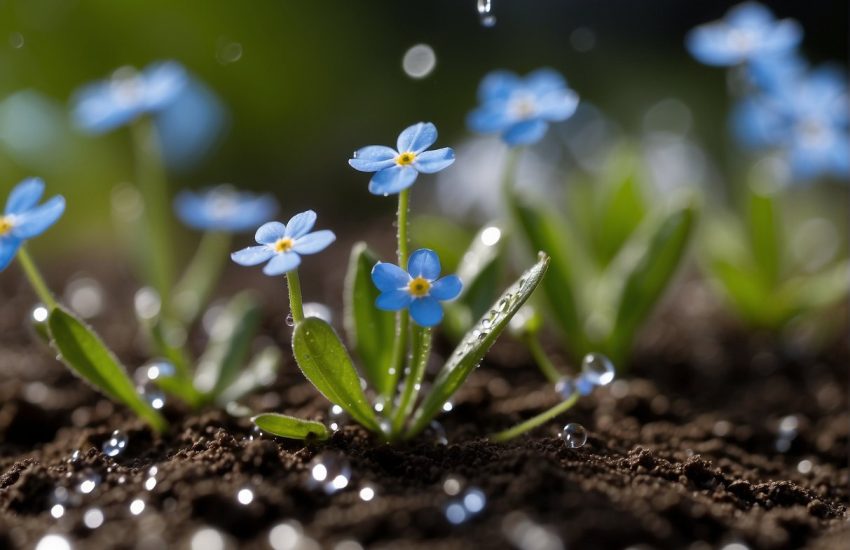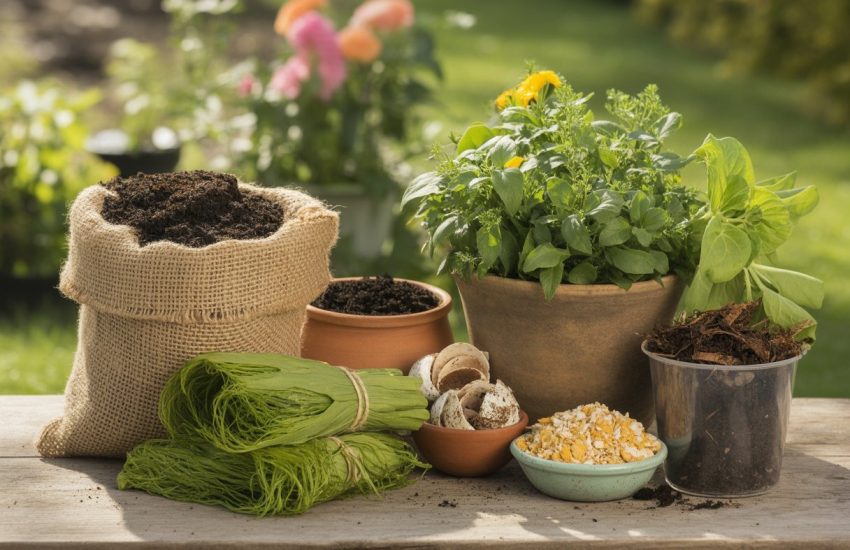Shasta Daisy Leaves: Characteristics and Care Tips
Shasta daisies are a popular perennial flower that can be found in gardens and landscapes all over the world. Known for their large, white blooms with a yellow center, these flowers are a favorite of gardeners and flower enthusiasts alike. However, many people are not aware of the benefits and uses of the leaves of the shasta daisy plant.

The scientific name for the shasta daisy is Leucanthemum x superbum. This hardy perennial is native to Europe but has been widely naturalized in North America. While most people are familiar with the flower of the shasta daisy, the leaves of the plant are also an important part of its makeup. The leaves are dark green and have a slightly serrated edge, and they can be used in a variety of ways.
Cultivation and Care
Planting and Sunlight Requirements
Shasta daisies are easy to grow and care for, making them a popular choice for gardens. These perennials prefer full sun but can tolerate light shade. They should be planted in early spring or fall in well-drained soil that has been enriched with organic matter.
Watering and Fertilization
Shasta daisies require regular watering, especially during the summer months. They should be watered deeply once a week, and the soil should be kept consistently moist but not waterlogged. Fertilize established plants with compost or a balanced fertilizer in early spring and again in mid-summer.
Pruning and Deadheading
To encourage bushier growth and more blooms, shasta daisies should be deadheaded regularly. This involves removing spent flowers before they have a chance to form seeds. In the fall, cut back the foliage to a few inches above the ground to prepare for winter.
Pest and Disease Management
Shasta daisies are generally resistant to pests and diseases, but they can still fall victim to aphids, slugs, earwigs, and root rot. To prevent these problems, keep the soil well-drained and avoid overwatering. If pests do appear, treat them with an insecticidal soap or neem oil. If the plant shows signs of rot, remove it immediately to prevent the spread of the disease.
Overall, shasta daisies are low-maintenance plants that add beauty to any garden. With proper care, they can bloom from early summer to fall and make excellent cut flowers with their bright white and yellow blooms.
Propagation and Maintenance
Division and Repotting
Shasta daisies can be propagated through division, which involves separating clumps of the plant into smaller sections and replanting them. This is typically done in early summer or early fall, when the plant is not in bloom. To divide a shasta daisy, first remove it from its container or the ground, and gently separate the root ball into smaller sections using a sharp, clean knife or garden shears. Each section should have several healthy shoots and a portion of the root system.
Once the sections have been separated, they can be replanted in containers or in the ground. When planting in containers, make sure the pot is large enough to accommodate the root ball, and use a well-draining potting mix. When planting in the ground, dig a hole that is slightly larger than the root ball, and amend the soil with compost or other organic matter.
Seasonal Considerations
Shasta daisies require regular maintenance to thrive. Deadheading, or removing spent flowers, encourages the plant to produce more blooms and prevents it from going to seed. This should be done throughout the growing season, as needed.
Overwatering can be a problem with shasta daisies, especially in containers. Allow the soil to dry out slightly between waterings, and make sure the pot has adequate drainage.
In the winter, shasta daisies may die back to the ground, but they will usually return in the spring. To overwinter the plant, cut it back to the ground after the first frost and mulch heavily to protect the root system.
In summary, shasta daisies can be propagated through division, and require regular maintenance to thrive. Deadheading, avoiding overwatering, and protecting the plant in the winter are all important considerations.


